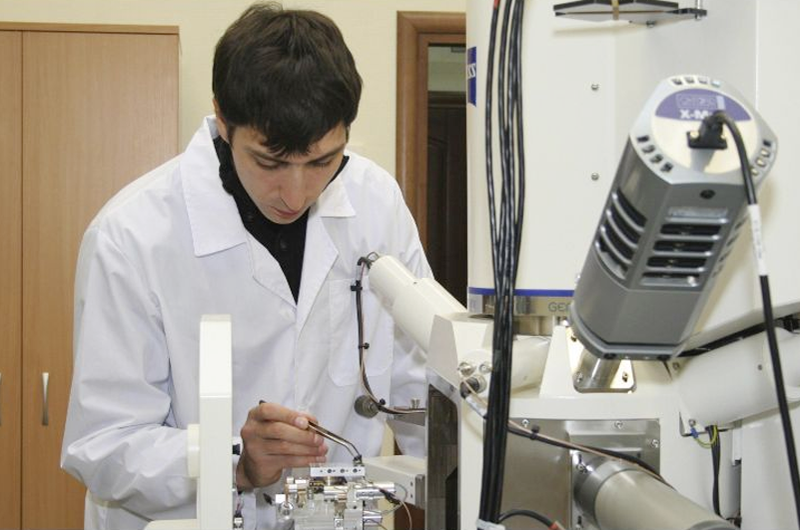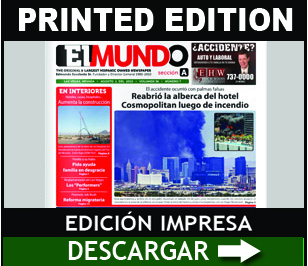In search of a perfect amorphous metal crystal, scientists from the Russian National University of Science and Technology MISIS (NUST MISIS) and Tohoku University (Japan) discovered a revolutionary effect in the field of nanometal manufacturing that could improve several technologies at the same time.
The researchers, headed by professor Dmitri Luzgui, managed to develop a fast and cheap technology to obtain nanoparticles of aluminum crystals, according to an article published in the Intermetallics magazine.
It is often said that amorphous metals are the materials of the future.
These metals, because they lack a crystalline structure, show extraordinary properties that are already used in cores of transformers, sensors and extra-strong composite materials.
Meanwhile, most amorphous metals are not only very strong, but also fragile. Thus, the main objective of the investigations carried out all over the world is to manufacture materials composed by thermal crystallization to obtain plastic materials.
But as this objective has not been achieved, the international scientific community is in favor of progressing in this process of crystallization and knowing its phases and properties.
"We take care of this too," said the collaborator of the Department of Science of Non-Ferrous Metal Materials of the NUST MISIS, Andréi Bazlov.
"We were the first in the world to discover a curious property of amorphous aluminum alloys: if this amorphous alloy is heated quickly a material is obtained, and if it is done slowly, another is obtained," he explained.
He pointed out that this "is an extraordinary property, because the final products are not usually differentiated according to the heating speed of metal crystals."
The new material stands out for the fact that in the rapid crystallization process spherical aluminum nanoparticles of about 10 nanometers are formed.
According to Andréi Bazlov, this material is twice as strong as that obtained in the process of slow heating. Meanwhile, the fragility of the two types of crystals is identical.
The main result of this discovery is the facilitation and reduction of the cost when producing nanoparticles.
The nanoaluminium is usually manufactured with complicated methods: by sedimentation in gas phase or by explosive dispersion, technologies that consume a lot of energy.
The experts of the NUST MISIS discovered the possibility of obtaining this material with traditional methods that are used in metallurgy and that spend much less energy. "In fact, it's about smelting, but it's not completely traditional," Bazlov explained.
To obtain the new material it is necessary to create some special devices. Currently it can be manufactured in series. Due to its fragility, this material is easily destroyed - it is usually destroyed in its amorphous phase - although the nanoparticles are not destroyed. That is to say, when placing a prototype in a conventional rotary mill, large volumes of nanoaluminium can be obtained.
The advantages of this discovery are evident because the nanoaluminium has several important characteristics.
In the process of combustion, this material begins to emit heat at temperatures of 660 degrees Celsius, unlike the dust with particles of micro size, which ignites at temperatures of one thousand degrees centigrade.
As the detonation speed of the nanoaluminum is 30 percent higher, when it is added to the missile fuel the missile's impulse increases by 70 percent.
That the particles have the same size is also very important when they are used to manufacture composite materials, because it is a feature that allows to control in a more precise way the properties of the final substance.
In addition, like all nanomaterials, it can be used in the future as a catalyst.
This method can be applied to other amorphous aluminum alloys, something that can contribute to the manufacture of a whole range of new amorphous aluminum composite materials. Moscow (NOTIMEX)








